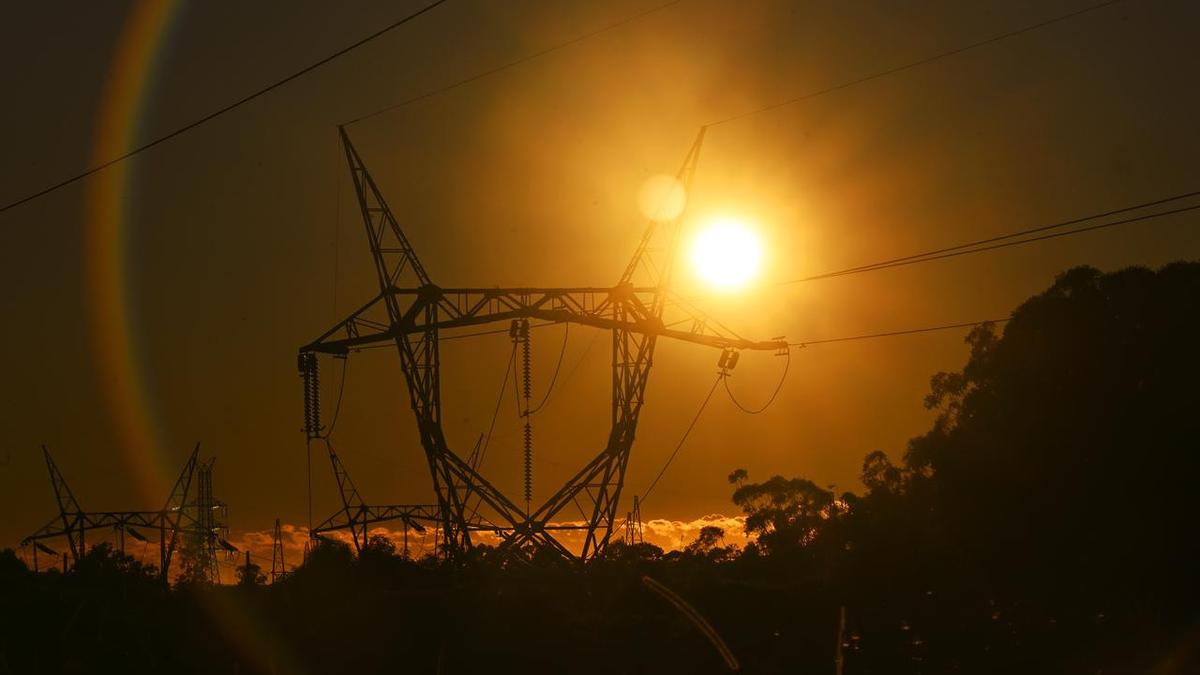The ongoing conflict between the Liberal Party and the National Party regarding climate change policy may lead to a significant political separation. Analysts suggest that such a split could be necessary to mitigate the internal strife over climate commitments, particularly following the National Party’s recent decision to abandon its target of achieving net-zero emissions by 2050.
This decision was made during a meeting on Sunday, which has intensified the scrutiny on Sussan Ley, the opposition leader. Ley acknowledged the Nationals’ right to adopt their own stance on net-zero emissions, a move that reflects growing tensions within the coalition. While some members of the Liberal Party contemplate a break from their National counterparts, others caution that such a separation could complicate future collaborations on a broader range of policy issues.
According to Zareh Ghazarian, head of politics at Monash University, a divorce between the two parties might not be detrimental. He stated, “They would be able to get their houses in order and they’d be able to consider whether they wanted to come back as a coalition before the next election.” Ghazarian emphasized that resolving the climate change issue is crucial for the coalition’s future viability and suggested that a temporary separation could provide the necessary space for both parties to reassess their positions.
The difficulties surrounding climate policy have historically plagued Australian leadership, as seen during the tenure of former Prime Minister Malcolm Turnbull. The internal disagreements over how to approach climate commitments threaten to hinder the coalition’s overall effectiveness, especially as they prepare for upcoming elections.
Opposition energy spokesman Dan Tehan indicated that the Liberal Party is expected to clarify its stance on climate policy by the end of 2025. Meanwhile, prominent Liberal frontbencher Andrew Bragg advocated for retaining some form of the climate target, underscoring the importance of fulfilling international obligations under the Paris Accord. Bragg noted, “The Paris Accord requires you to get to net zero in the second half of this century. I don’t think it’s beyond the realm of possibility that Australia could achieve that.”
As the coalition grapples with these pressing issues, the future of their partnership hangs in the balance. The outcome of this internal struggle will not only shape the political landscape but also influence Australia’s approach to climate change at a critical juncture in global environmental efforts.































